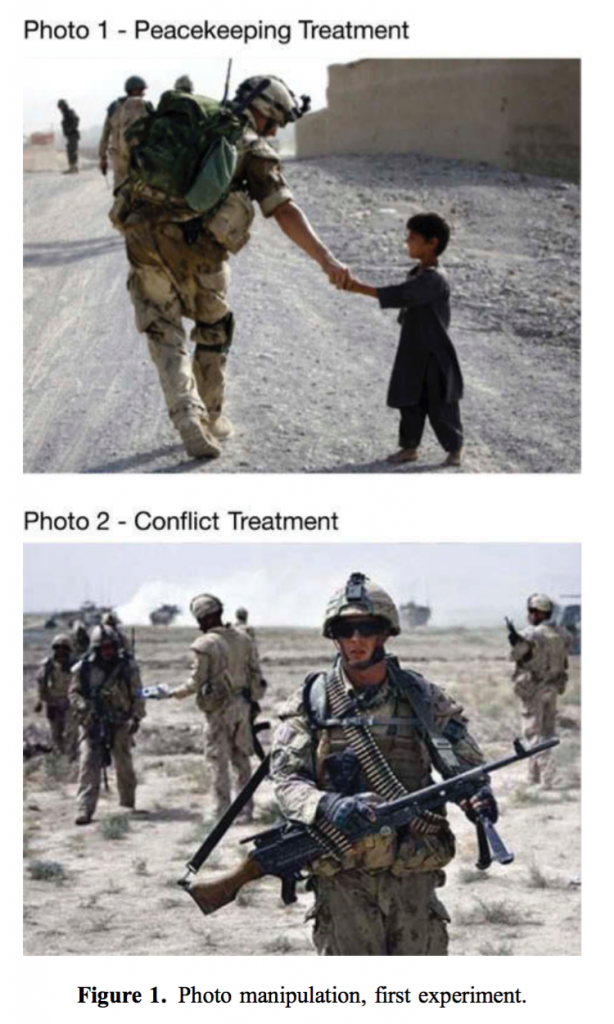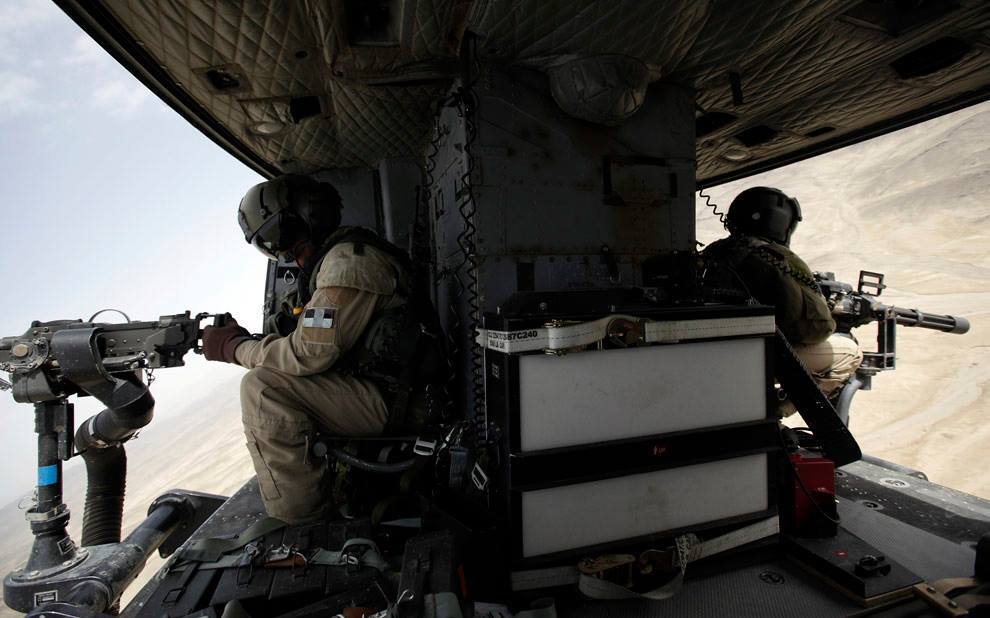Peacekeeper powers to be strengthened, general says
Military has learned lessons of Rwanda mission, Vance tells MPs
Bruce Campion-Smith
Toronto Star
16 Nov 16
Canada has learned the lessons of Rwanda and troops deployed on the coming peace mission to Africa will go armed with robust rules of engagement to defend themselves and those around them, Gen. Jonathan Vance says.
The top general said Canada has much to offer a peace mission, with skilled soldiers to train local troops, military muscle to deter violence and help foster stability, and an imperative to look after vulnerable populations.
With a potential risky deployment in the offing, Vance faced questions Tuesday about Canadian troops working under the umbrella of the United Nations and whether they would have the ability to ensure their own safety.
"We've learned a lot since Rwanda. I will make certain that the troops have the rules of engagement they need to be able to defend themselves and those who they work with," Vance, the chief of defence staff, said in an appearance before the Commons defence committee.
"They'll have the rules of engagement they need ... to be able to effectively contribute to that mission to the extent that we decide as a country to contribute," he said.
Retired lieutenant-general Roméo Dallaire headed the UN mission in Rwanda during the 1994 genocide. With an ill-equipped force, he appealed to the UN for additional assistance and reinforcements in a bid to stop the frenzy of killings, but was turned down.
Memory of the Rwanda mission and the disgraced 1993 deployment to Somalia, where a local teen was tortured and killed, looms large as Canada ponders dispatching another military contingent to Africa.
The Liberal government has said it will commit up to 600 troops and 150 police officers but is still mapping out details of the mission.
Mali, where 35 peacekeepers have died so far this year, has emerged as one possible location for Canadian troops, raising worries about the risks they may face. Vance insisted that while soldiers can serve abroad on a NATO mission or under a UN mandate, Canada ultimately retains control.
"I never relinquish national command of our troops, ever," the blunt-talking general told MPs.
"I will put in place the command and control capacity and the leadership to ensure that I can exercise that command," Vance said. "That command allows us to take actions, extraordinary or otherwise, to ensure the safety and effectiveness of our troops in operations."
Because the federal cabinet has yet to finalize details of the mission, Vance steered clear of making specific comments. However, he sketched out his principles for such a deployment, saying a mission that is "well managed, well planned and supported" can reduce conflict and shield civilians from violence.
"Can we help achieve these outcomes? Yes we can," he said.
And as a "top-tier" military, Canadian soldiers can boost the skills of UN peacekeepers and local soldiers, he said.
"We can help them be more effective and professional. This capacity-building will help these countries achieve lasting stability. We must help them achieve their own security," Vance said.
And he said Canada has learned the lessons from decades of participating in UN missions to "mitigate the risks to our people and to civilians."
"Beyond simply placing forces into a particular mission, we must retain some control over them. We must ensure they are able to act and to protect themselves," he said.
"We must consider all aspects of the mission including the different threats faced by subsections of the population, women or children or fighting-age males, and plan how to address those." Vance said that a comprehensive approach is required for any peace mission to ensure an "enduring" stability.
"It's one of the best uses of a military, to set conditions for something more enduring to materialize," Vance said.
The general also spoke about the ongoing mission in Iraq to combat Daesh ...




